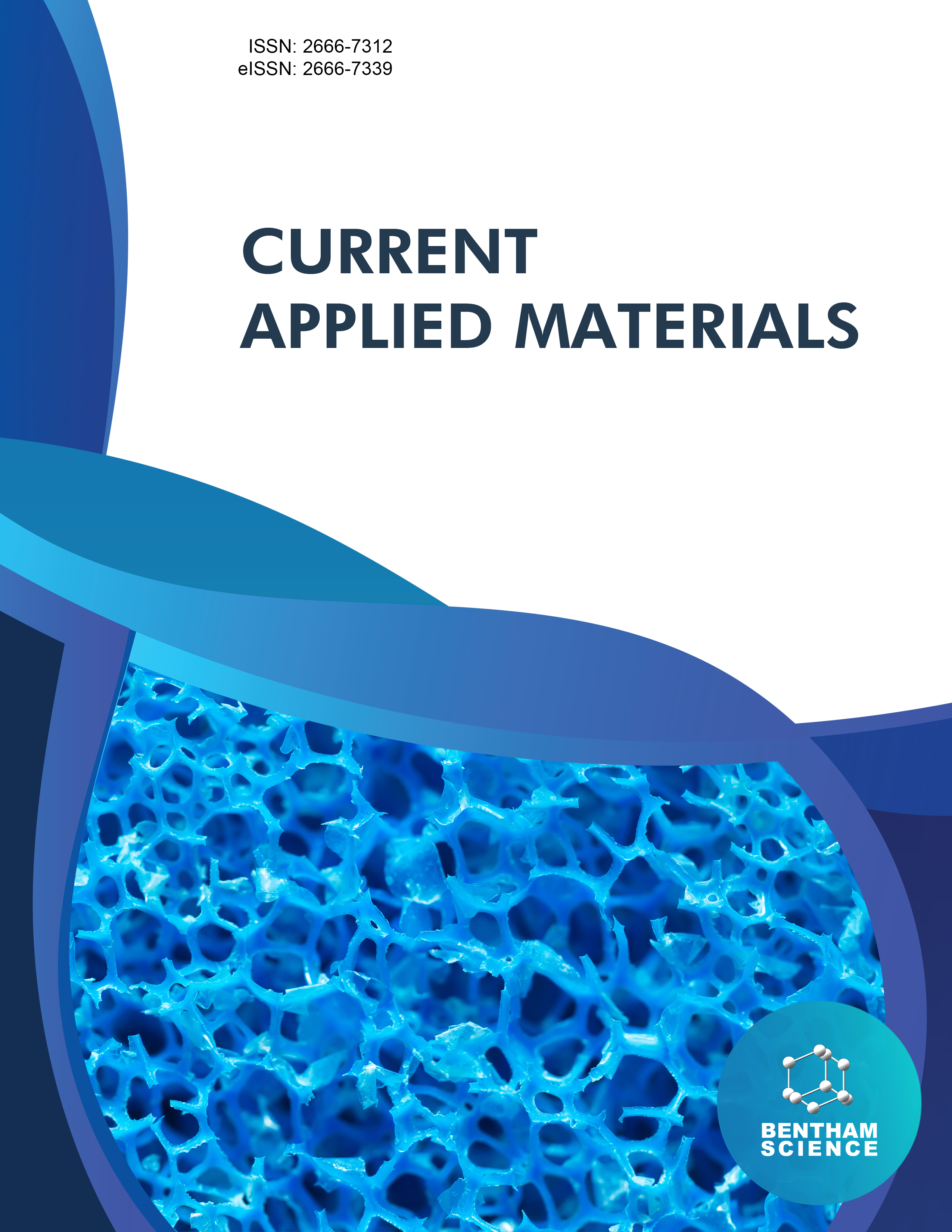
Full text loading...

This study aimed to identify the potential release of the drug from the tablet dosage form using Carbopol-934 and Guar Gum polymers at different concentration ratios.
The objective of this study was todetermine the cumulative percentage of ciprofloxacin hydrochloride released from different polymers.
We formulated ciprofloxacin hydrochloride sustained-release tablets with Carbopol-934 and Guar gum using the wet granulation method.For the formulation of sustained-release ciprofloxacin hydrochloridetablets, both polymers were mixedin varying ratios. The tablets were examined for pre-formulation studies, including the angle of repose, bulk density, compressibility index, and physiological properties, such as variations in weight, friability, and drug content. For post-formulation studies, such as the in vitro study, the in vitro release of the drugs was evaluated in a phosphate buffer solution (pH 7.4) for 8 h. However, the physiological properties of ciprofloxacin hydrochloride tablets were limited due to their liberality.
The tablets containing guar gum (Batches B-I and B-II) showed better drug content than other polymer-based batches, such as Carbopol-934 (Batch A-I, A-II) and a mixture of both polymer Carbopol-934 and Guar gum (Batch C-I, C-II). Sustained drug release was observed in the guar gum polymer-based tablets (Batch B-II). It was observed that the dissolution profile of ciprofloxacin hydrochloride tablets formed using different polymers showed an increase in the polymer ratio, which can be related to the increase in drug release.
From this study, we can conclude that the ciprofloxacin hydrochloride drug release percentage was maximum when guar gum polymer was used in the tablet dosage form.